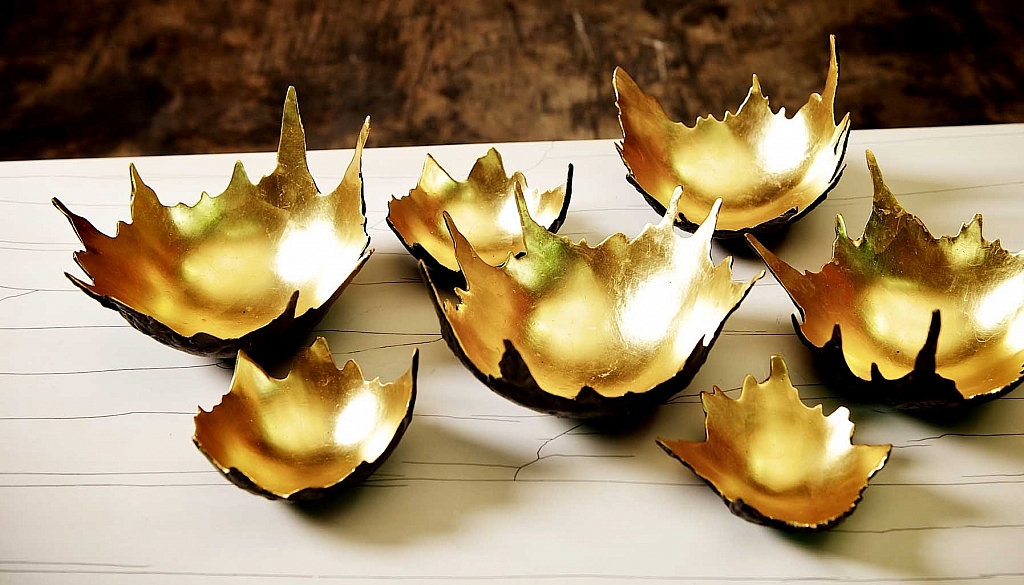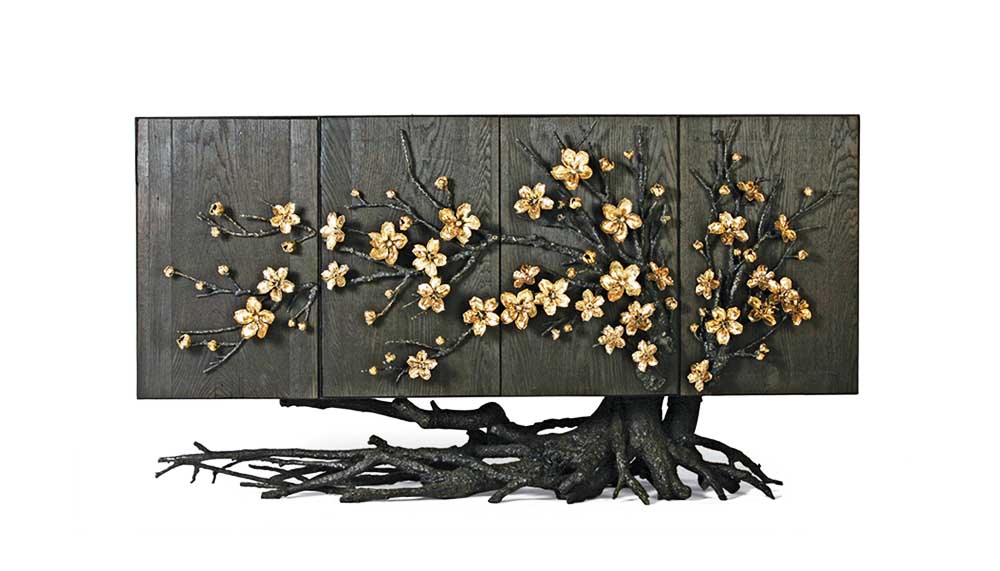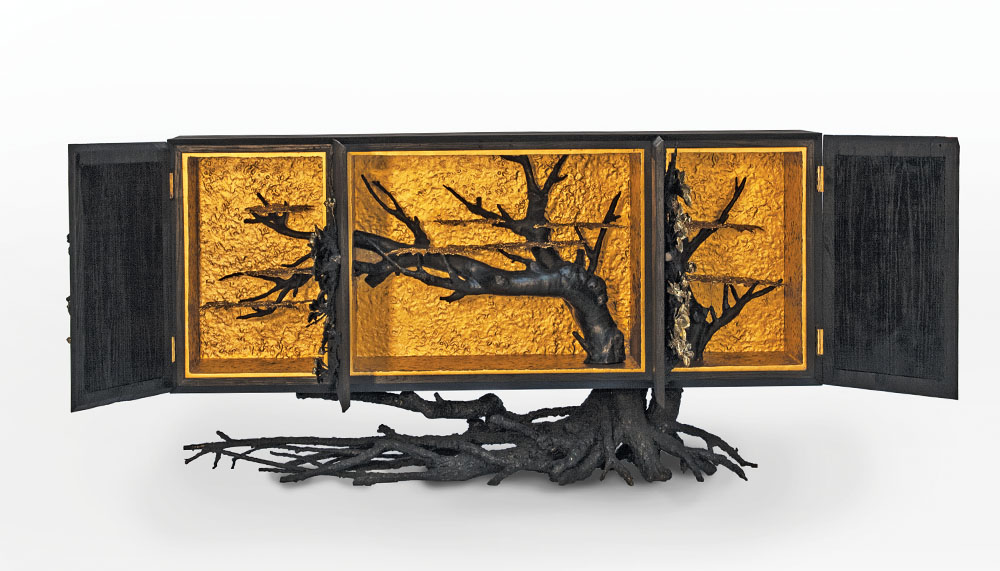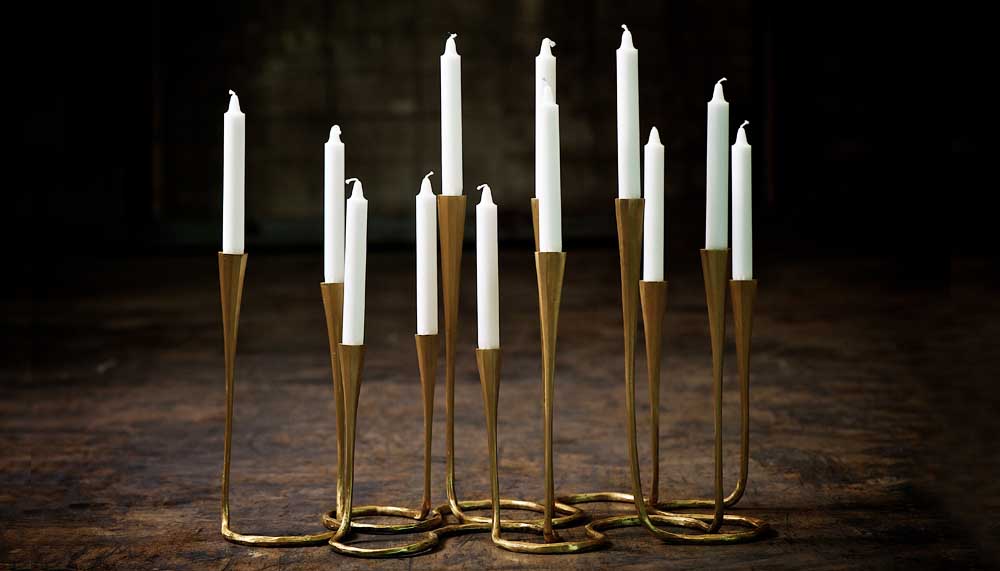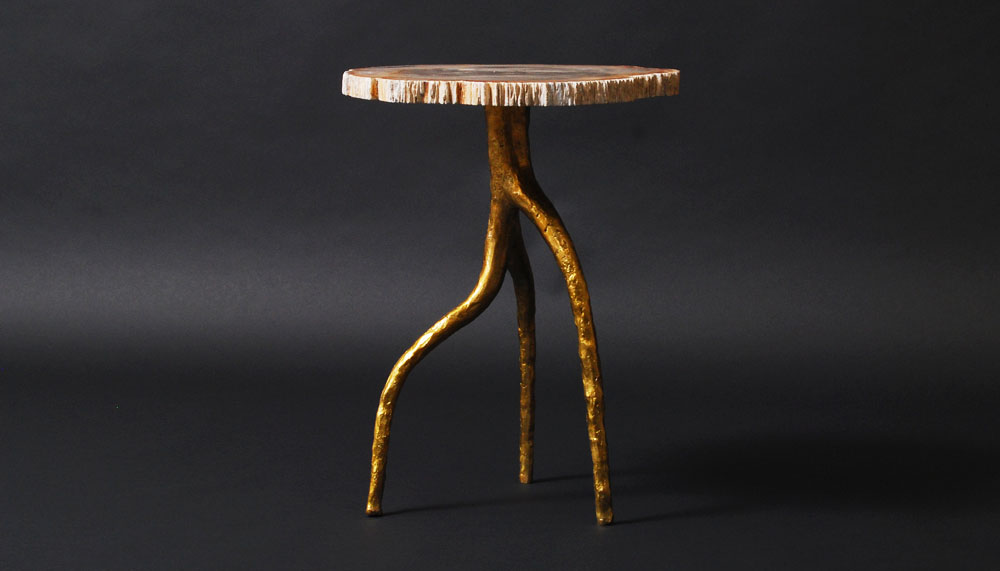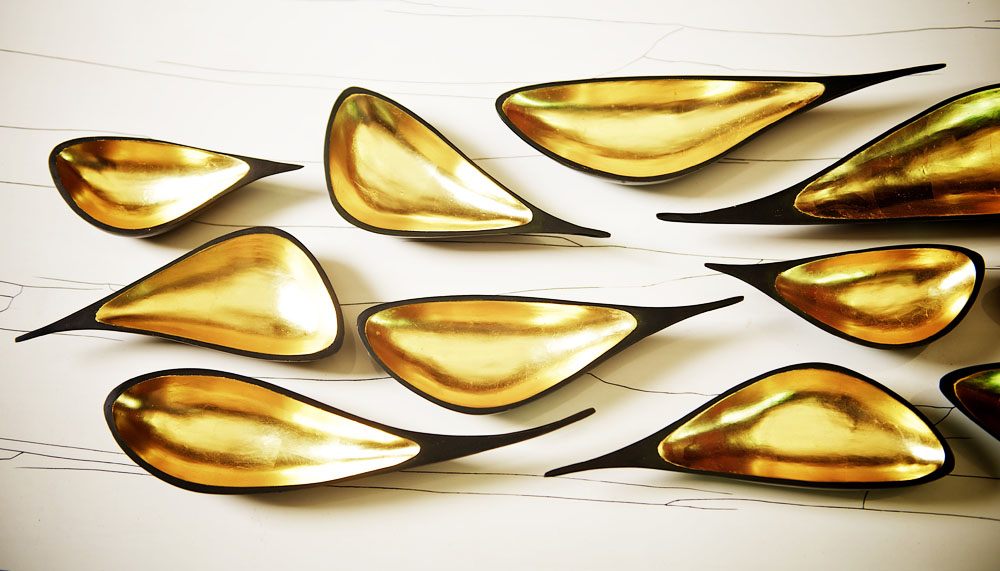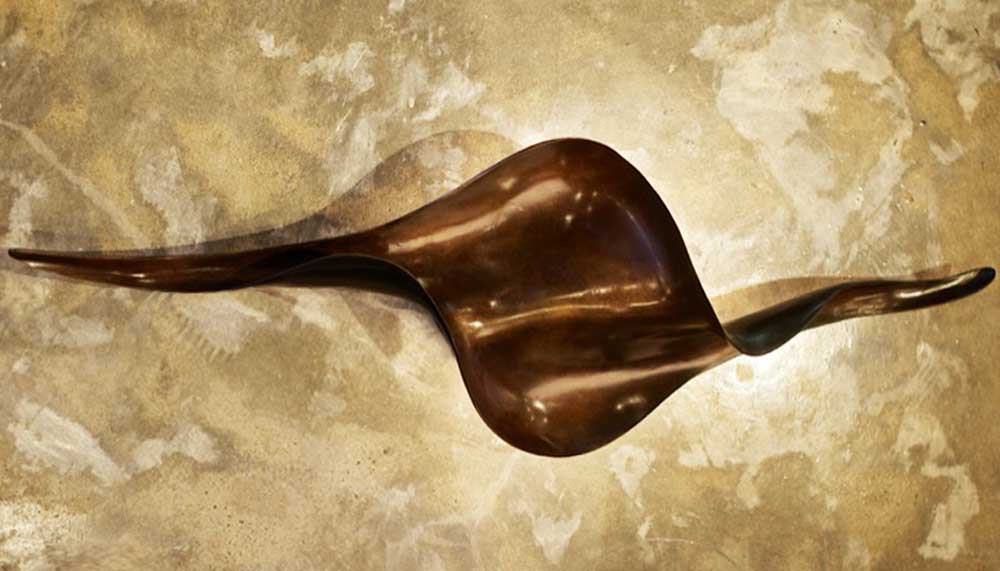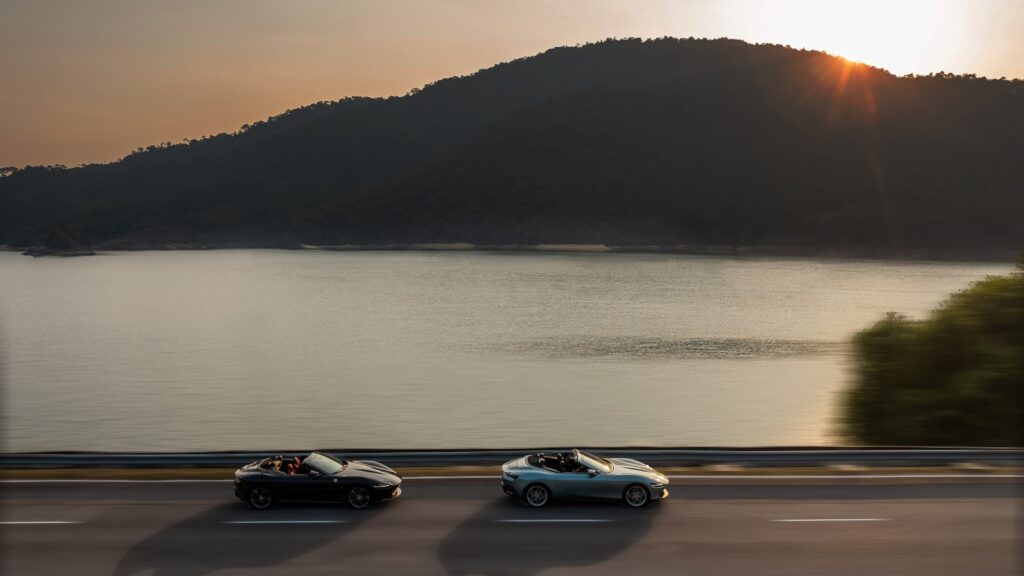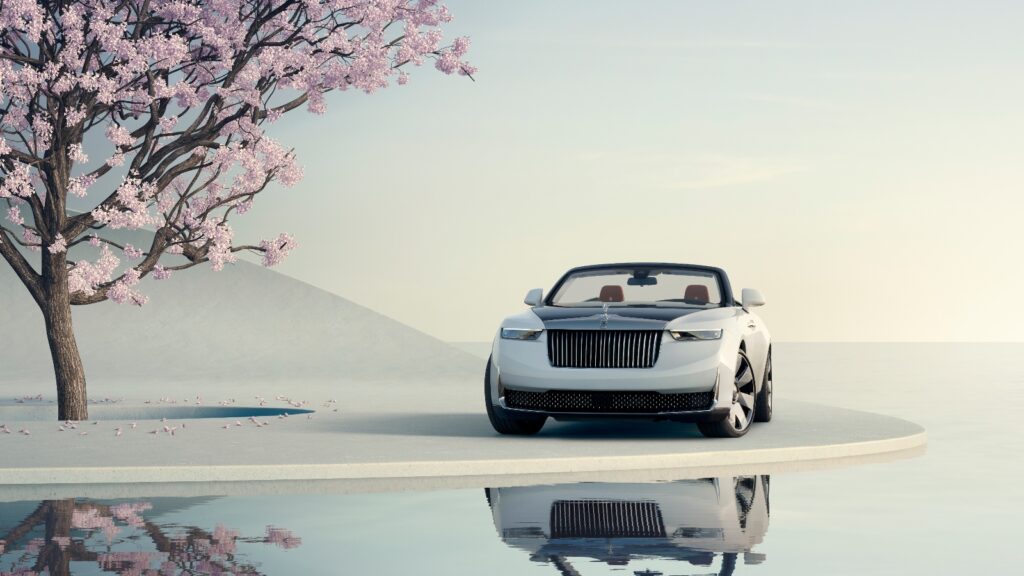Chance encounters lead to memorable designs
A visit to an antiques shop outside Bangkok led Stephen Termviriyakul to a faded Japanese painting depicting a cherry blossom festival, and at the painting’s centre was a tree with wide-reaching branches. That mesmerizing form planted the seed of inspiration for the Bonsai cabinet ($16,850, RM72,500).
Termviriyakul’s design, which is limited to just 26 examples, is nearly 6 feet long and shares attributes with other furniture from his Bangkok-based company, Muse Design. “Most of Muse’s designs show the shape, colour, and texture of natural things,” he says.
Close inspection of the burnt-oak cabinet reveals the handiwork in the exterior’s leaves and blossoms and in the interior’s gnarled branches, some of which are shelves. A wax sculpture of the tree precedes a plaster mould that ultimately is cast in bronze. Inside, the cabinet glows with a paint made from powdered gold—a sheen that recalls the gilding on Buddha statues and Thai temples. “When you open the cabinet,” Termviriyakul says, “you can feel a dramatic, warm gold colour come out.”
It is this attention to detail, and an uncanny knack for fusing organic inspiration seamlessly with impeccable design, that define Muse. Established in 2011, the studio produces an annual collection of furniture, accessories and lighting, as well as custom-made orders. Designs from Muse minds tends to make use of unusual materials, including rock crystal, goatskin parchment and shagreen (stingray or shark skin), as well as a partnership with a bronze foundry in Thailand.
Highlights from Muse’s current two collections include: from the CLIO range, named after one of the nine Muses of Greek mythology and inspired by natural shapes and organic shapes, the ‘Earth’ Table of a petrified wood surface mounted on branch-like legs finished in gold leaf. Also from CLIO, Murano – a bronze wall light twisted as a tropical seed pod and Folia – a delicate, petal-like flower stand in bronze,The THALIA collection is slightly more geometric and sculptural, though subtle elemental touches still surface. The Daisy Candle Stand, for example, looks like a magnified section of coral, with graceful bronze trombones holding shining candles. How about the Ranchu bowls, mesmerizingly seedlike? Or the Water Drop Bowls, looking like golden cracked eggshells.
It isn’t coincidental that these arboreal and botanic references abound in Muse’s work. It is simply of expression of the belief that as the world strives ever forward technologically, nature needs to play an even bigger role to balance that out. Stephen Termviriyakul puts it this way: “We always try to bring nature into the client’s life. Human beings, especially in today’s busy world, love getting closer to nature.”
